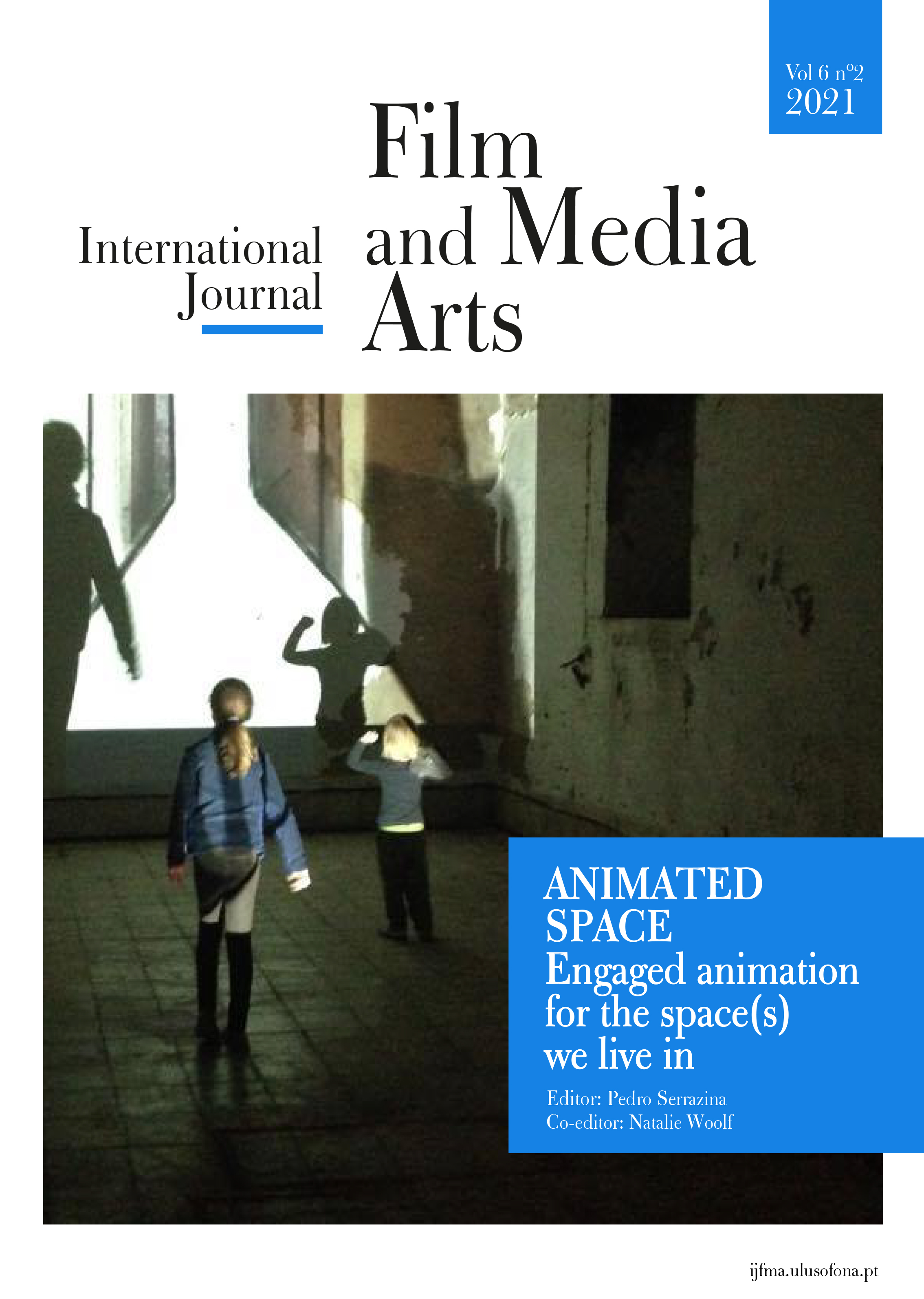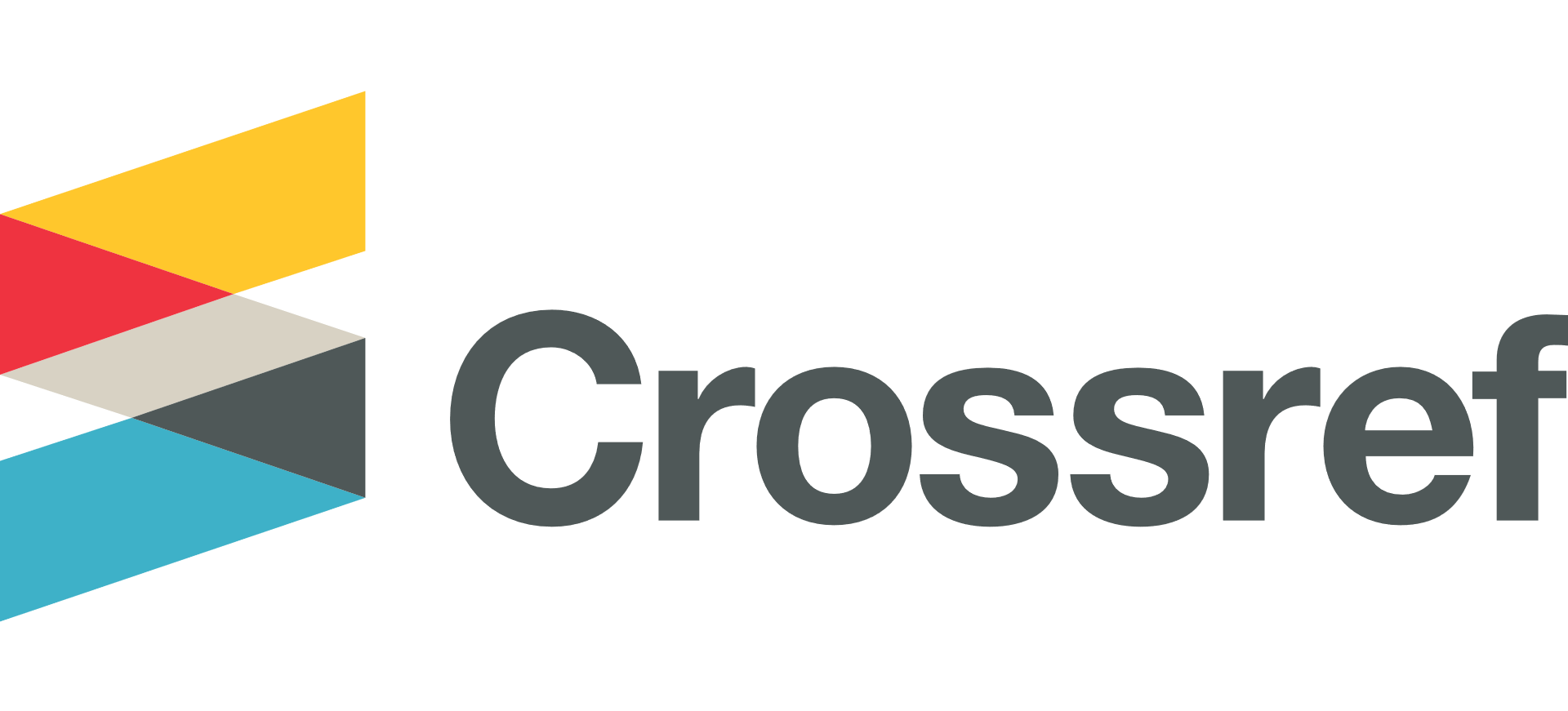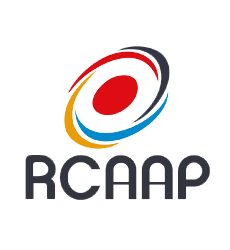Augmenting the City: The Photo-Realistic Animation of a Historic Building and its influence on spatial perception and meaning
Abstract
Augmented Reality (AR), defined as the holographic overlay of physical space with virtual objects in real time (Azuma, 1997), can be considered a prime example of mediatization. This development is particularly evident in the public space of the “mediatised city” (Hepp, Simon & Sowinska, 2018), being a focal point of the latest media technologies already overlaid with a multitude of AR content. But how does AR change the perception and meaning of urban space? And how can researchers capture methodically the appropriation of complex, large-scaled AR content experienced via high-tech AR glasses? To answer these questions, a historical building, that had been destroyed during the Second World War, was reconstructed as a holographic animation on a public city square. In order to resurrect this building in AR, old photographs, paintings and postcards were evaluated and used to create a virtual model in the original size and place it at its original location. The test subjects were then able to view the hologram from various different angles using AR glasses (Microsoft HoloLens 2), move freely around the square and even enter it. Combining quantitative, before-and-after questionnaires and qualitative thinking-aloud protocols, our results show that the holographic animation of a historical building can influence both the sensual-aesthetic perception and the personal meaning of a public square for city dwellers. Specifically, our test subjects perceived differences in its accessibility, coherence and aesthetics, simplicity, atmosphere and legibility. The meaning of the square was altered with regard to personal memories (= the self), typical groups of people (= others) and certain opportunities (= environment) associated with it by city dwellers.
Copyright (c) 2021 IJFMA

This work is licensed under a Creative Commons Attribution-NonCommercial 4.0 International License.











